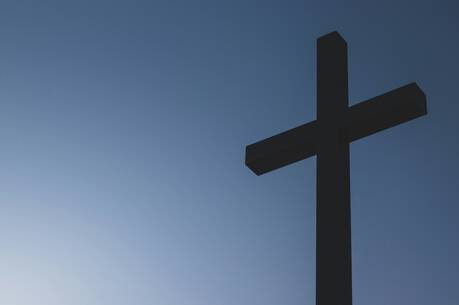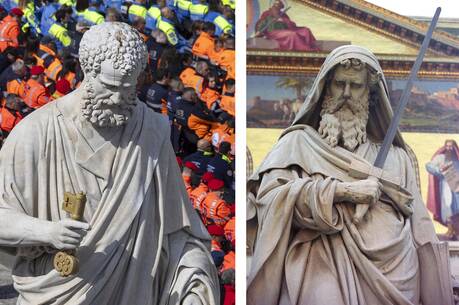I'll Take Care of It!
Today is traditionally known as Good Shepherd Sunday. For many of us, mention of sheep conjures up the image of a warm coat or the memory of a good meal. We may remember the nursery rhyme “Mary had a little lamb,” or the television hand puppet named Lambchop, but very few of us regard sheep as familiar companions. Thus we might not appreciate the depths of intimacy captured in the declaration, “I am the good shepherd.”
For many people in the ancient world, shepherding was more than an occupation; it was their life, their very identity. The needs of their sheep determined how they spent their time, for their flocks had to be fed and watered and protected. The life of the shepherd was anything but carefree. Because of the total commitment of the shepherd to the sheep, this image seemed an appropriate one to characterize the king, who was also expected to be totally committed to his people. It was because the human leaders failed in their responsibilities toward their charges that God declared, “I myself will look after and tend my sheep” (Ezek 34:11).
The Gospel description of the good shepherd matches perfectly the responsibilities of both the sheepherder and the king. The introductory words of Jesus’ declaration, “I am” (ego- eimi), are reminiscent of God’s response to Moses when he asked for God’s name: “I am who am” (Ex 3:14). By making these words his own, is Jesus claiming to be divine? Is he assuming guardianship responsibilities over the people? The answer to both questions is a subtle but unmistakable yes.
This is all quite poetic, but what does it have to do with people who live in a technological society, rather than in the hills and plains of ancient Israel—people who are struggling with the realities of war and deprivation? Today’s readings encourage us in our need to turn to this “good shepherd,” whose primary concern is our safety and well-being.
The one who safeguards us is not a mighty warrior who comes in military array. Our shepherd is the one who was rejected; the one who was hunted down, humiliated, tortured and hung naked on a tree to die in shame. The one who safeguards us is the cornerstone of the building, holding it together, forming a firm foundation so that the structure will not collapse. Our shepherd is an unlikely savior.
Here again we see that Easter has turned things inside out. Life springs from death; strength is born of weakness. These words may sound empty in times of war and violence and hatred, but they cry out the truth of the resurrection. We may feel helpless in the face of the terrors unleashed in today’s world, but the words of Jesus should comfort us: “I am the good shepherd; I’ll take care of it.”
This article also appeared in print, under the headline “I'll Take Care of It!,” in the April 28, 2003, issue.







